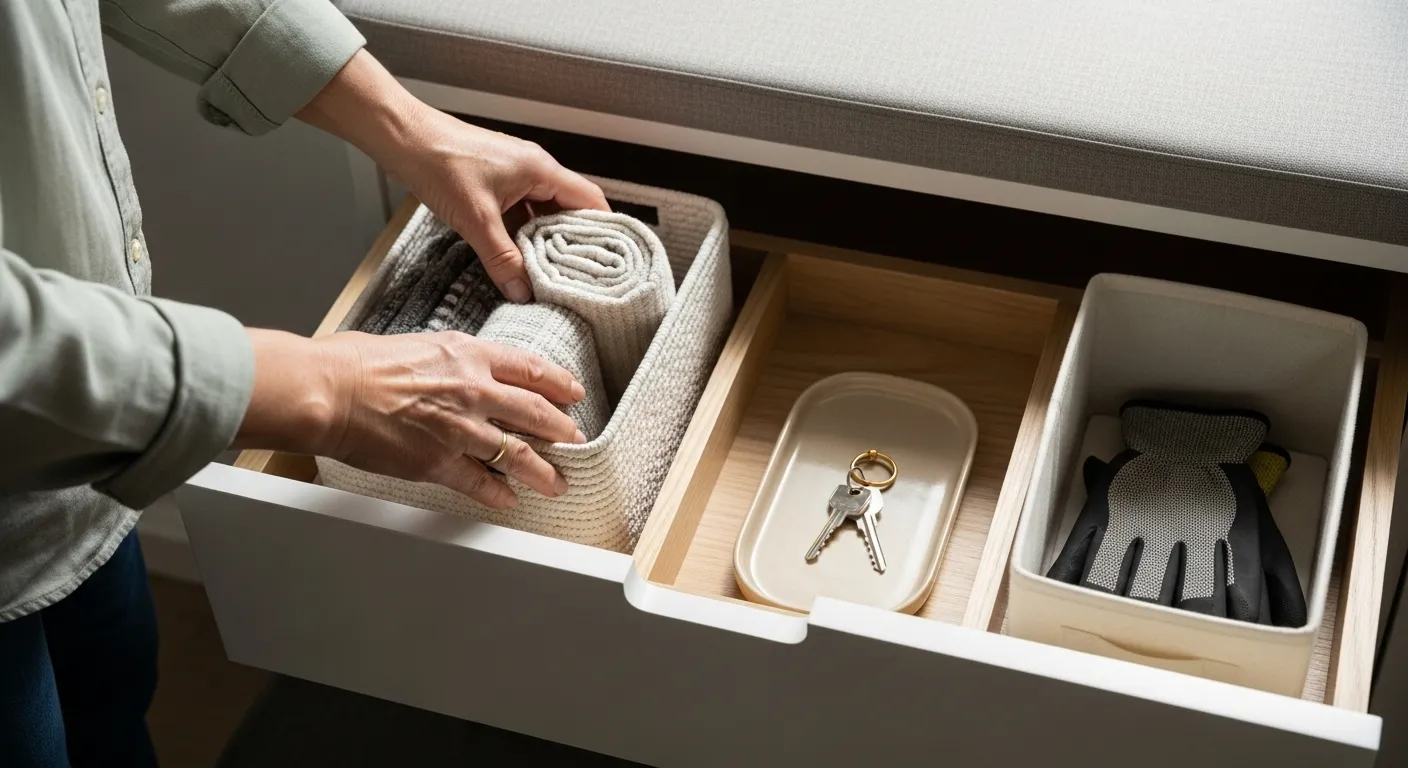
Step 1: Envision Your Future and Set a Gentle Timeline
Before you open a single closet or touch a single box, the most important first step is to get clear on your “why.” Why are you downsizing? What does the ideal retirement lifestyle look like for you? Grab a notebook and pen, and take a few moments to dream. Are you moving to a smaller home to reduce cleaning and maintenance? Do you want more financial freedom by lowering your housing costs? Are you picturing a home where everything you need is easy to reach, with wide, clear pathways for safety?
Write it down. Your vision is your compass. When you feel stuck or sentimental about an item, you can return to this vision and ask, “Does keeping this object help me create the simpler, safer, more joyful life I want?” This simple question will become your most powerful decluttering tool.
With your vision in mind, it’s time to create a realistic timeline. The biggest mistake people make when downsizing is trying to do it all at once. This “weekend warrior” approach leads to burnout, decision fatigue, and a bigger mess than when you started. Instead, think in terms of months, not days. A reasonable goal might be to tackle one small area—like a single bookshelf or one kitchen cabinet—each week. If you are preparing for a move in six months, that gives you 24 small, manageable projects.
Create a simple checklist. List every room, and then break each room down into smaller zones. For example, “Kitchen” might become:
Kitchen Zones:
Pantry
Upper Cabinets (Dishes)
Upper Cabinets (Glasses & Mugs)
Lower Cabinets (Pots & Pans)
The Junk Drawer
Under the Sink
Suddenly, the monumental task of “clearing the kitchen” becomes a series of achievable 30-minute tasks. Schedule these sessions on your calendar like appointments. This approach builds momentum and prevents the process from taking over your life. This is a key part of successful retirement planning for your living space.

















